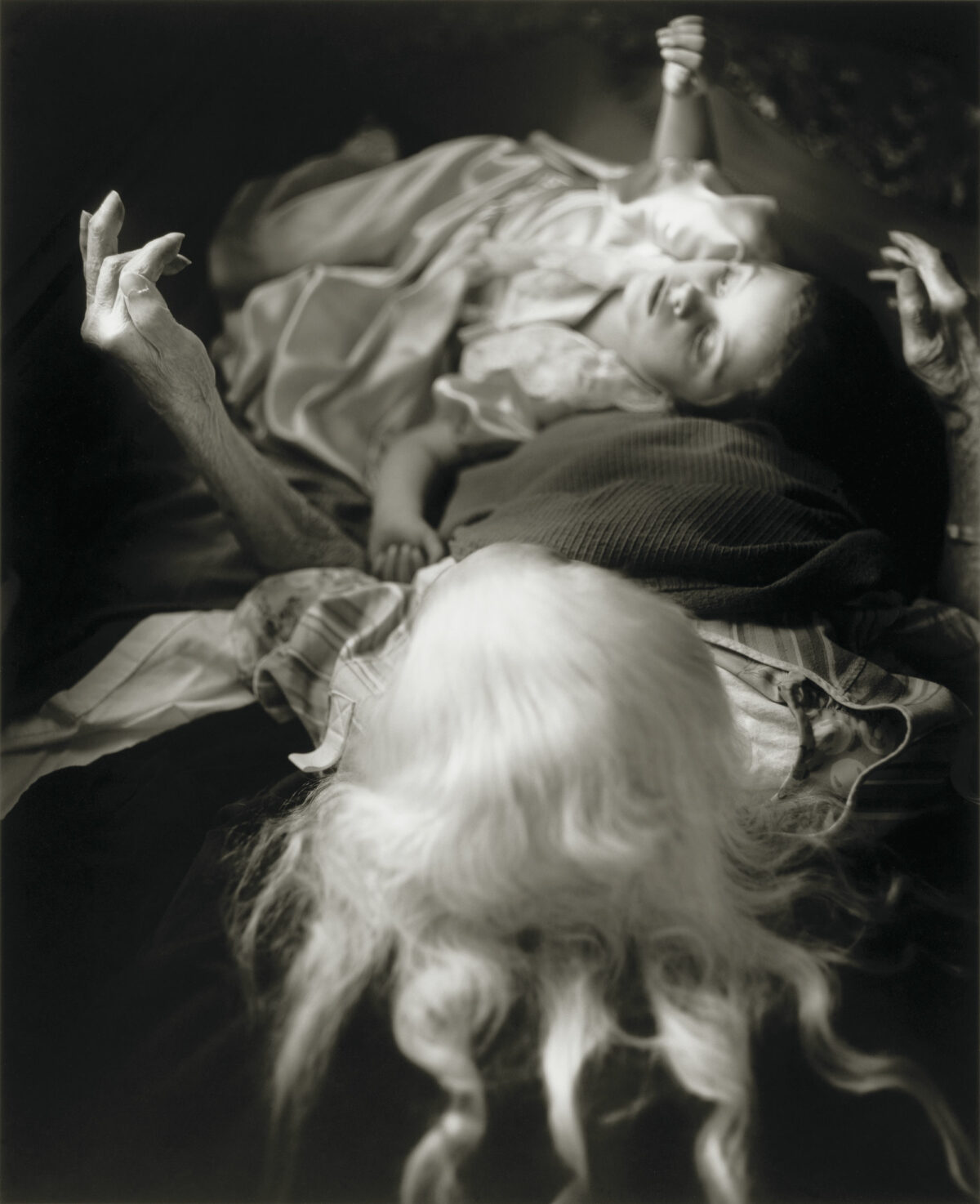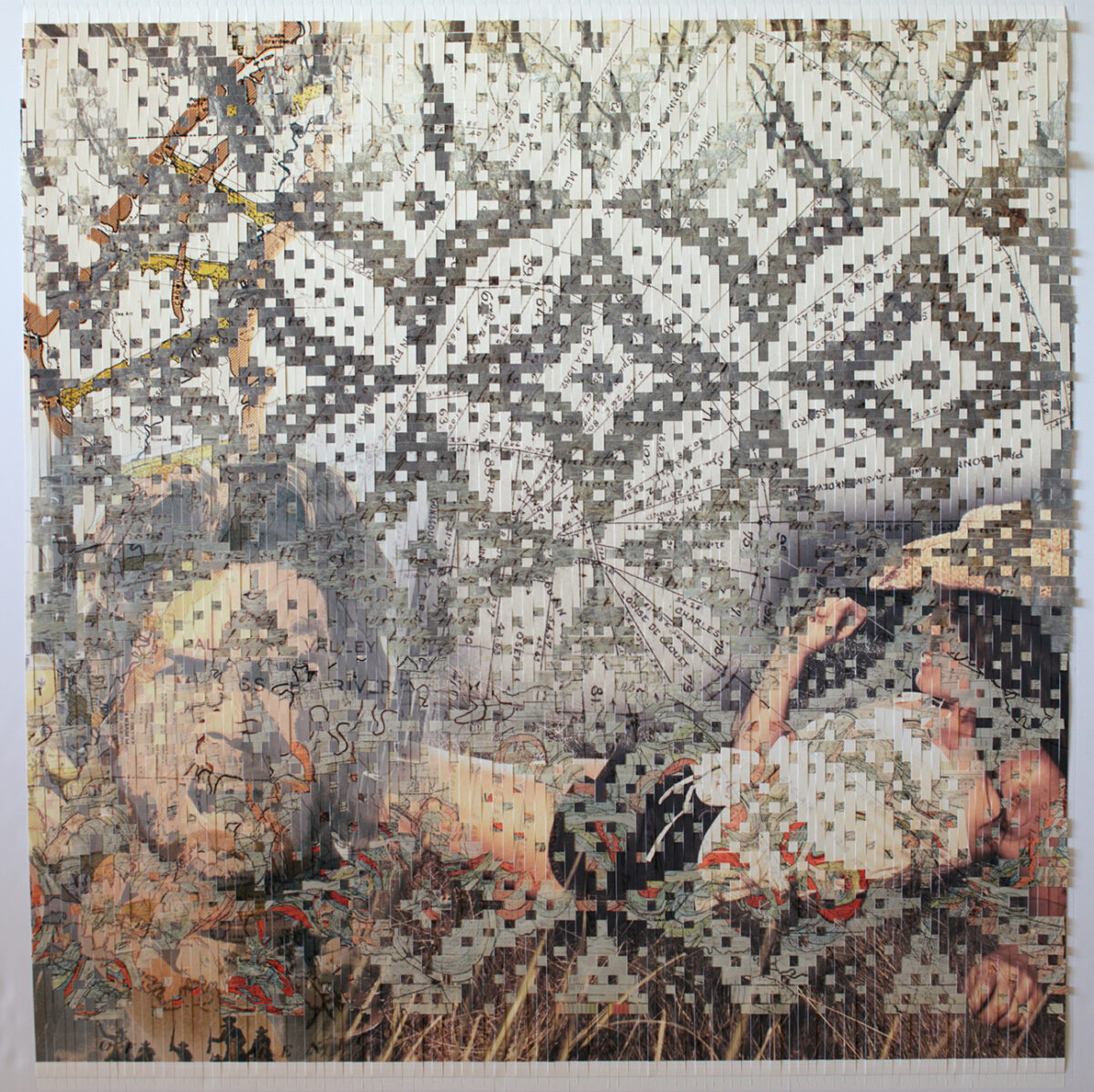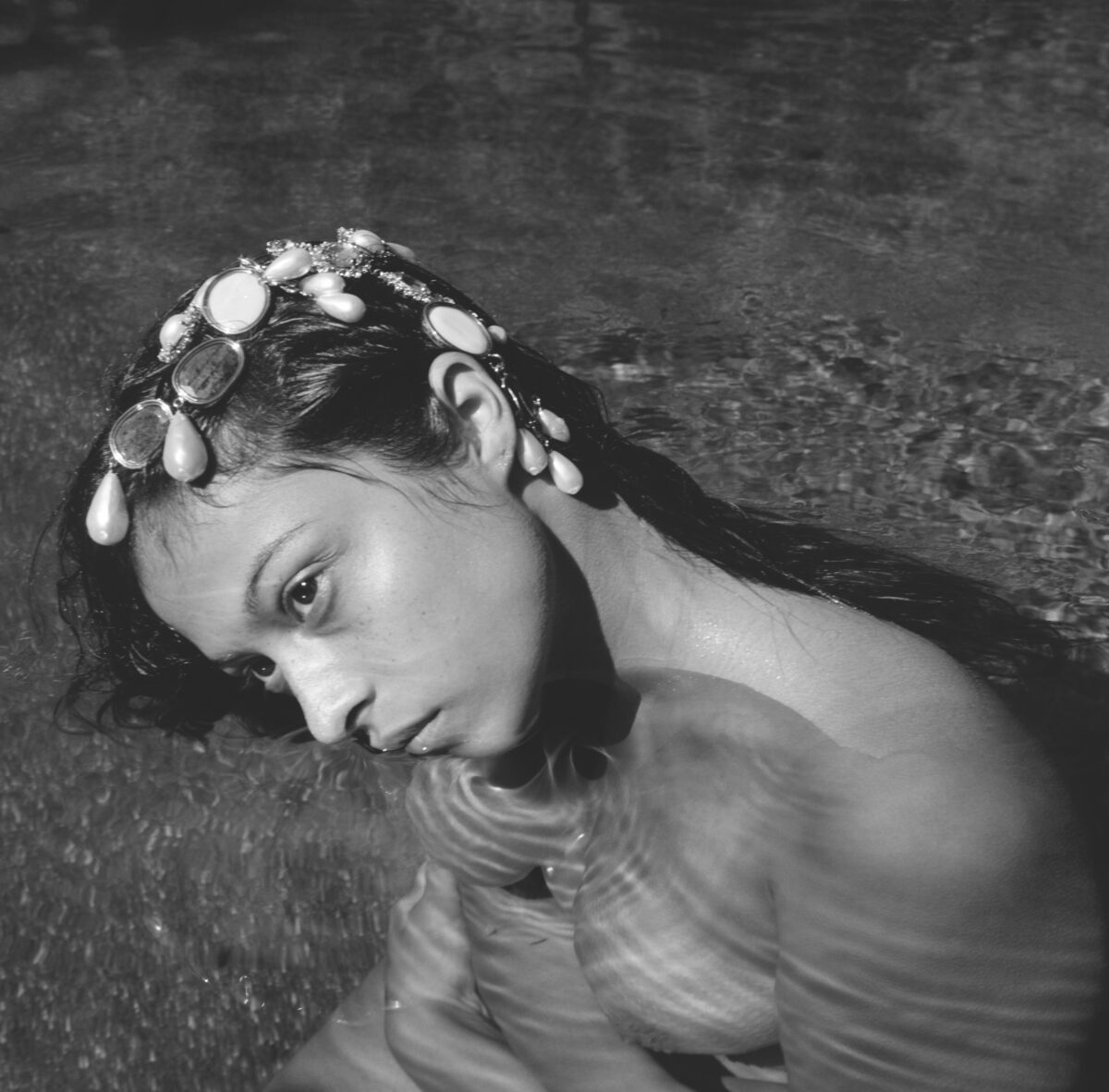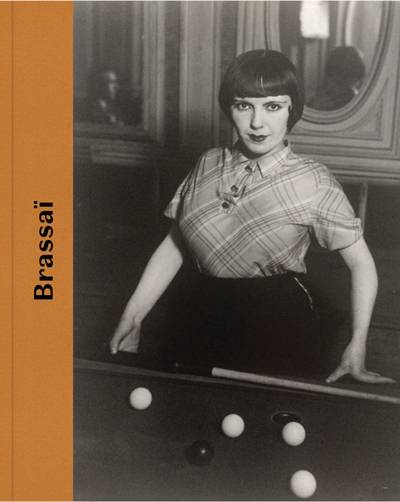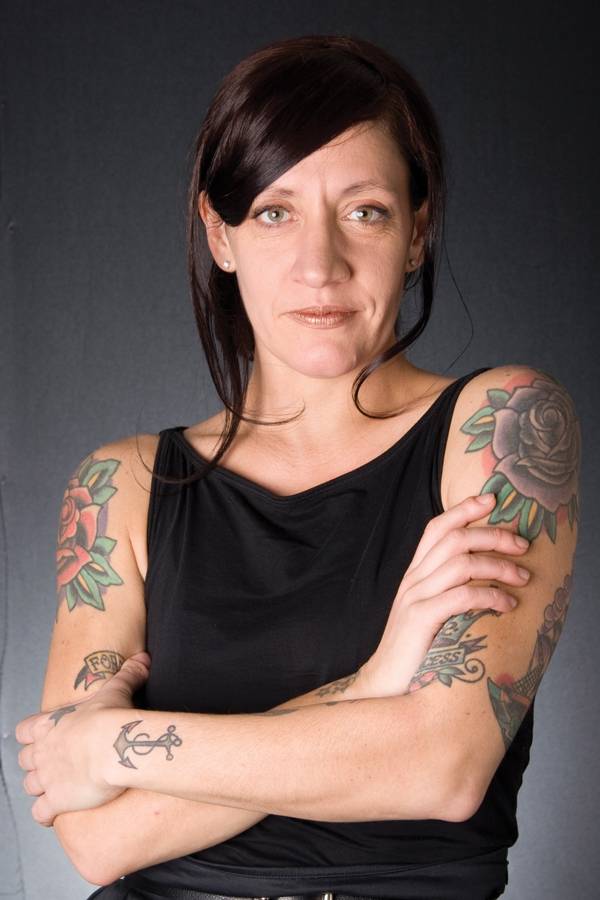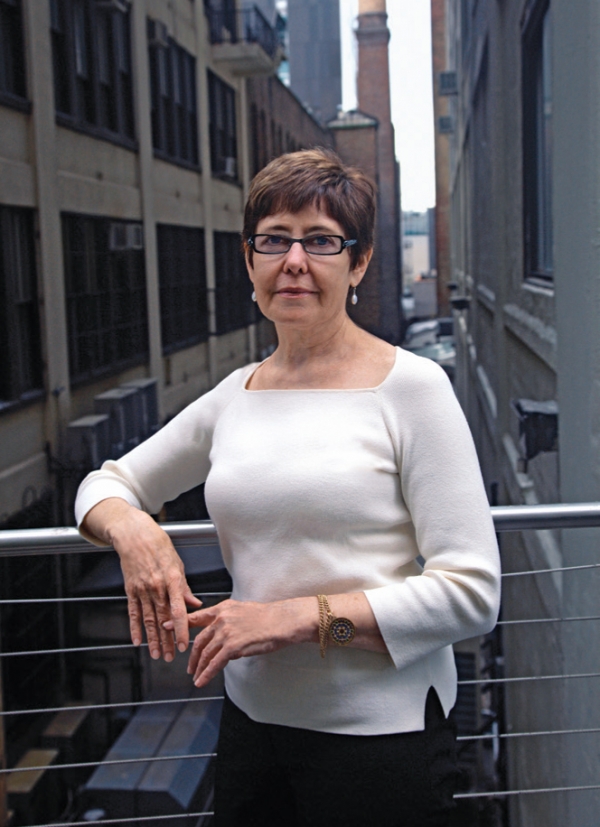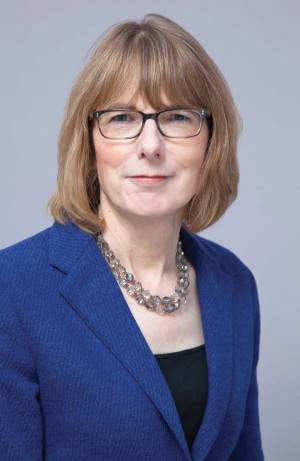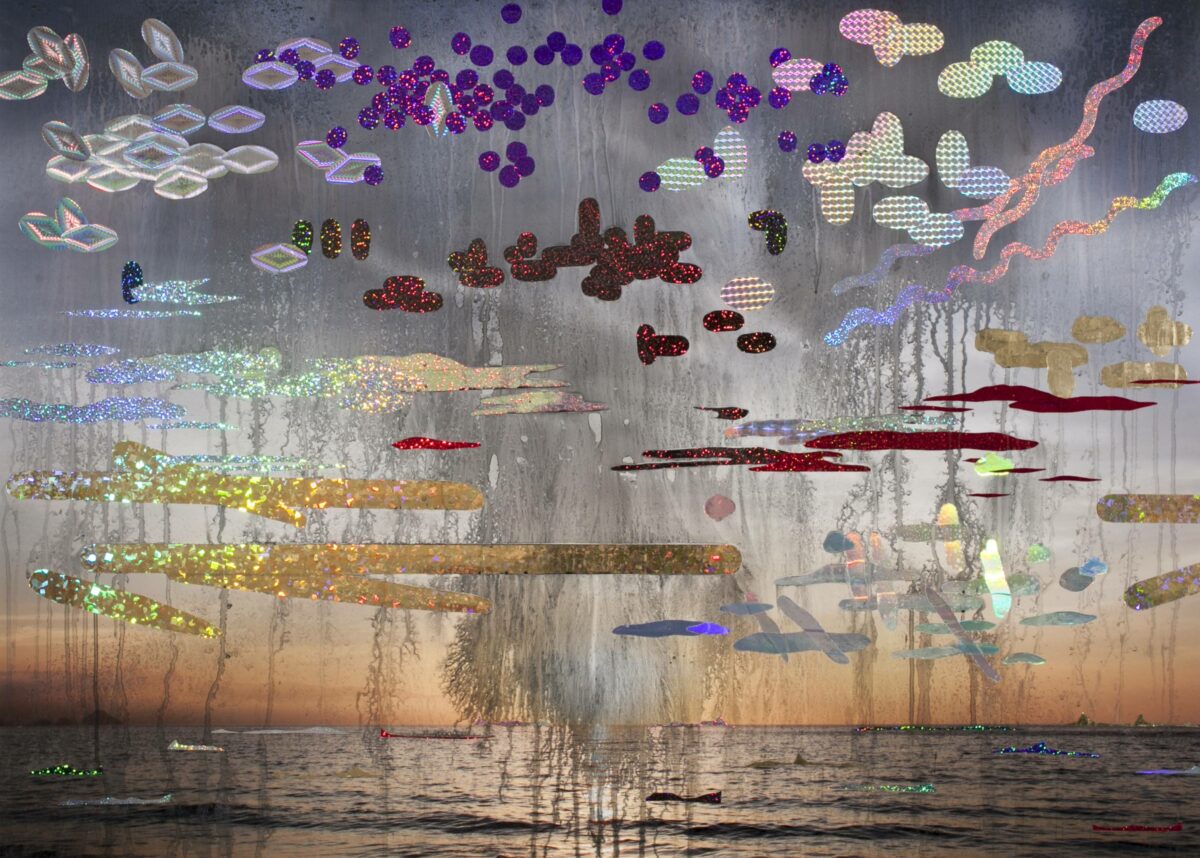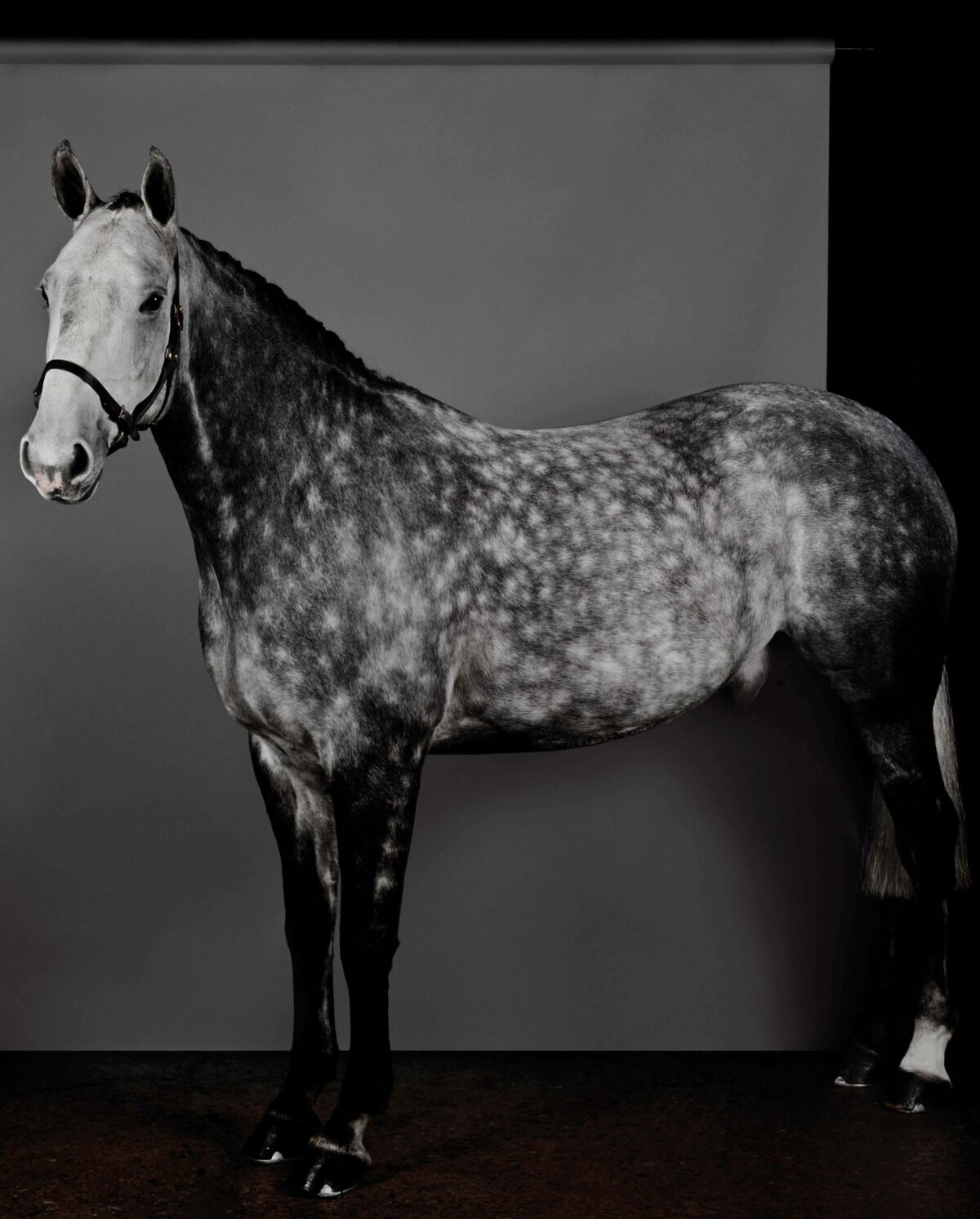When Sarah Kennel completes the installation of Sally Mann: A Thousand Crossings, which opens at Atlanta’s High Museum on October 19, she’ll know the exhibition backwards and forwards, inside and out. It will be the third time she installs the show, which she began working on when she was a curator at the National Gallery of Art in Washington, D.C. When Kennel became the Byrne Family Curator of Photography at the Peabody Essex Museum in 2015, she installed the show there, then at the Jeu de Paume in Paris, and now at the High, where she became the Donald and Marilyn Keough Family Curator of Photography in July. It hasn’t gotten old: “My favorite time of being a curator is the week you’re installing,” she says, “when everything is coming out of the crates and being installed, when everything you’ve been working on comes together, and you have to rely on everybody.”
Kennel grew up in Los Angeles, where her father was a physics professor, but the family lived in Paris for a year when she was four years old. Young as she was, it was a formative experience: her parents took her to museums, and it was utterly unlike the ranch house in LA where she grew up and where, she says, “I never really felt like I fit in.” She took French in high school, fell in love with art history her senior year, and went on to study 19th-century French art history at Princeton and then at Berkeley, where she received her Ph.D. About halfway through her doctoral program, though, she says, “I started feeling like I wanted to think about other things. Berkeley in the 1990s was a really theoretical environment. I’m grateful that I learned the lingo, but I missed that primary engagement with objects.”
A dissertation fellowship brought her to the National Gallery of Art. Kennel had been a serious amateur ballet dancer when she was young, and her dissertation focused on dance and modernism. Eventually though, she became more interested in figuring out how a museum works than she was in her dissertation. Sarah Greenough, the National Gallery’s curator of photography, took her on as a research assistant to work on a 2005 André Kertész exhibition. Kennel did not have an extensive background in photography, but she learned on the job, curating a number of subsequent shows, including one of work by French photographer Charles Marville in 2013 that allowed her to indulge her love of Paris as well as to enjoy “the pleasure of discovering things about an artist whose pictures were well known, but a lot of things around their production and use were waiting to be discovered.”
At the High, where she had been for just a few weeks when we spoke, Kennel was eager to delve into the collection, to find the holes as well as the opportunities. The High is one of the venues for the traveling exhibition, beginning in 2020, of work by Dawoud Bey, who happens to be one of the first artists to be commissioned by the High’s Picturing the South program. In 2021, the museum will organize an exhibition looking at the history of that commission program, which began in 1996. “I think what I like about photography generally is that it can be so much at once – accessible, complicated, a mirror, a window, a document, a witness, all of that,” she says. “And the history of photography is still so full of surprise and discovery.”


